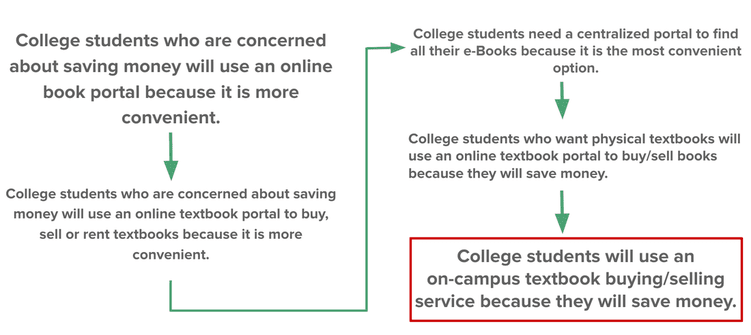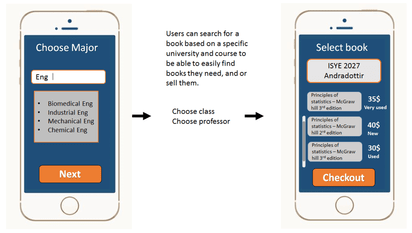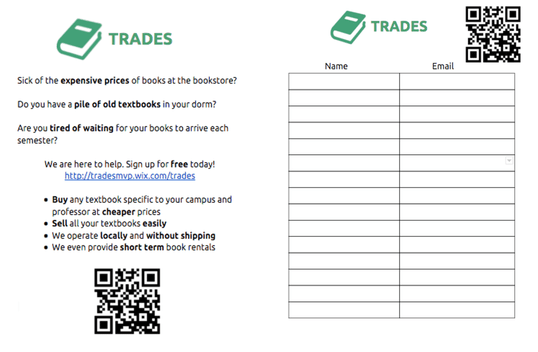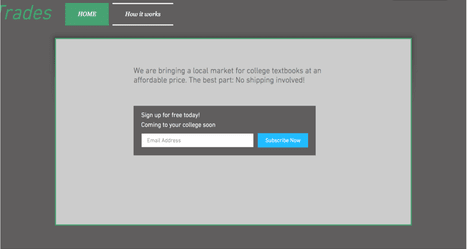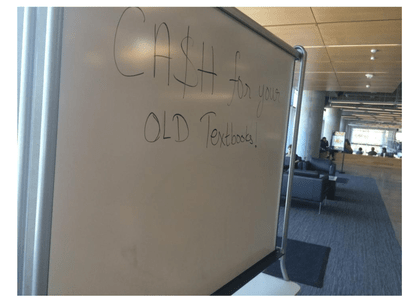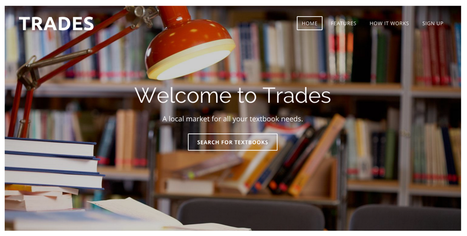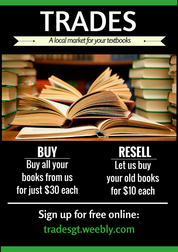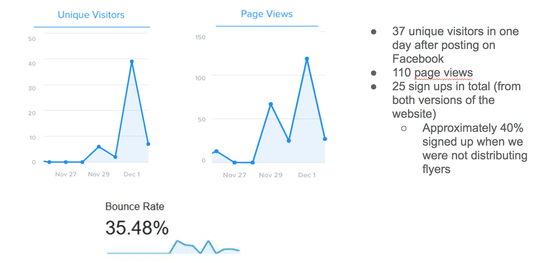TRADES

Trades is a project that was born in a StartUp class. Going into this class, I had no idea what I wanted to do. But I knew that I wanted to work on something that would impact college students. I've always avoided buying textbooks from the official bookstore due to their exorbitant prices. So I came up with the initial idea of having an online library for books, including textbooks, that college students could borrow from on a subscription basis. However, I realized that there were many variations of this already. In the end, I ended up meeting and talking to other students in my StartUp class who were also interested in finding a way to provide easy and cheap access to textbooks. This is how Trades came to life.
BUSINESS THESIS
College students who are concerned about saving money will use an online portal to buy, sell, or rent textbooks because it is more convenient.
BUSINESS MODEL CANVAS
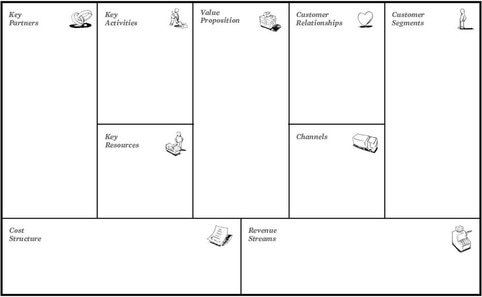
The most important aspect of any start up before you even start to build a solution is to figure out each aspect of the business model canvas. We started off with the value proposition that we wanted to offer, which was cheap and easy way to obtain textbooks. From there we moved on to our customer segments. Since we were focusing on textbooks, we started off with college students as our primary target. From here, we moved on to the customer discovery phase.
CUSTOMER DISCOVERY
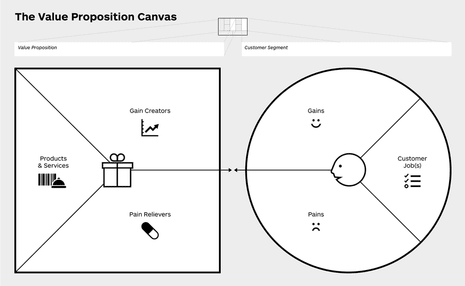
The most important lesson that I learnt at the start of this project was that most startups fail because 'they build something that customers do not want'. I realized then that just because something sounds cool to you does not mean that customers have a need for it. So I made sure that we interviewed and talked to as many potential customers. To do so, we came up with certain hypothesis that had to be proven in order for our business thesis to be true.
Our initial hypotheses included the following:
Over the course of a semeser, we talked to college students and with each interview we learnt more about their behavior, their pains, and their needs. We modified our hypotheses and problem statement each week to reflect our findings from these interviews.
In total, we conducted 213 interviews with college students from various universities.
Our initial hypotheses included the following:
- College students do not buy textbooks from official bookstores.
- College students do not resell their textbooks to the official bookstores.
- College students resell their used textbook to other students.
- College students rent rather than buying textbooks.
- College students use PDFs (e-books) rather than physical textbooks.
- College students want a centralized, organized online portal where they can buy/sell/rent books.
Over the course of a semeser, we talked to college students and with each interview we learnt more about their behavior, their pains, and their needs. We modified our hypotheses and problem statement each week to reflect our findings from these interviews.
In total, we conducted 213 interviews with college students from various universities.
PIVOTS
Each week we would examine to see if our business thesis still fit the information we obtained from the interviews. If it didn't we would pivot to ensure that we were catering to our user needs. This led to an evolution of the business thesis.
PRODUCT - MARKET FIT
Once we finalized our business thesis, we went back to the business model canvas and ensured that our product and its value propositions fit in with the pains of our customer segment.
|
|
MINIMUM VIABLE PRODUCT
Once we created a product-market fit, we had to ensure that our solution would satisfy our customers. In order to do so, we went through 4 rounds of creating minimum viable products (MVP). MVPs are alternate, low cost, and simple prototypes of a solution. Showing these MVPs to customers and gauging their responses allowed us to analyze and modify our solution in a quick and efficient manner. I created these MVPs through various online tools to incorporate a visual and aesthetic way to obtain feedback.
MVP 1 - UI demos of solution
UI demos to show students and get their feedback
MVP 2 - Sign up sheets/flyers
Flyers and sign up sheets put up around campus to encourage signs up to a first draft of the website
MVP 3 - Tabling
Signs to encourage students to sell us their books
MVP 4 - Website, Flyers, Tabling
Trades website and flyer that I created, tradesgt.weebly.com, posted on various GT Facebook groups. Visit the link to learn more about Trades
Tabling around campus (student common center and in student dorms) to encourage sign ups
Analytics obtained from tracking websites visits
Lessons from MVP iterations
|
Buying Behaviors
|
Selling Behaviors
|
FINAL SOLUTION
Our final product arose from all the lessons we had learnt throughout the semester by talking to people and through the MVPs.
- A local market for physical textbooks on campus:
- There will be multiple locations around campus where college students can come to buy or resell their physical textbooks
- Some of the locations include centralized areas like the Student Center, Library, and student dorms
- College students can sell their textbooks directly to us for cash
- They can also search and buy textbooks from us at prices that are cheaper than the bookstore
- Trades offers both convenience and lower prices in order to cater to everyone who uses physical textbooks.
